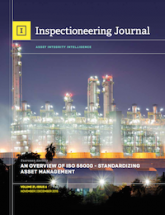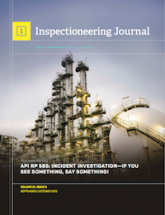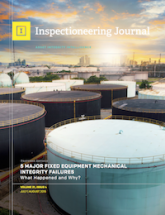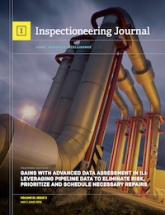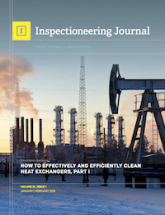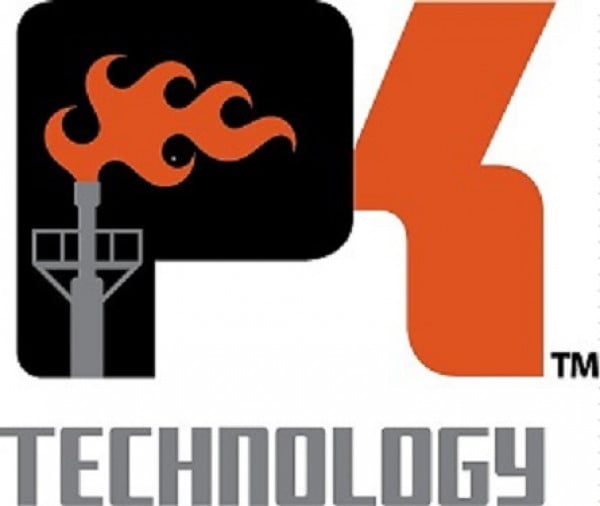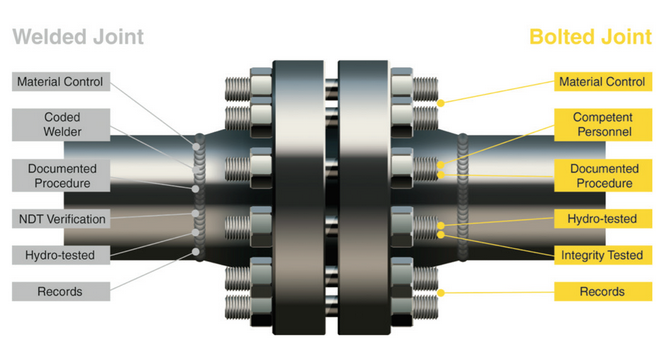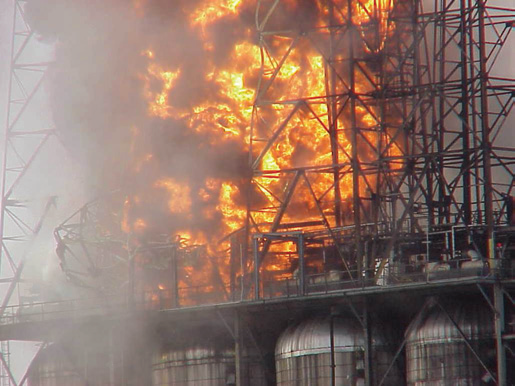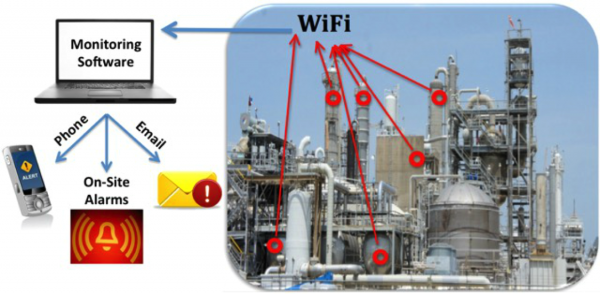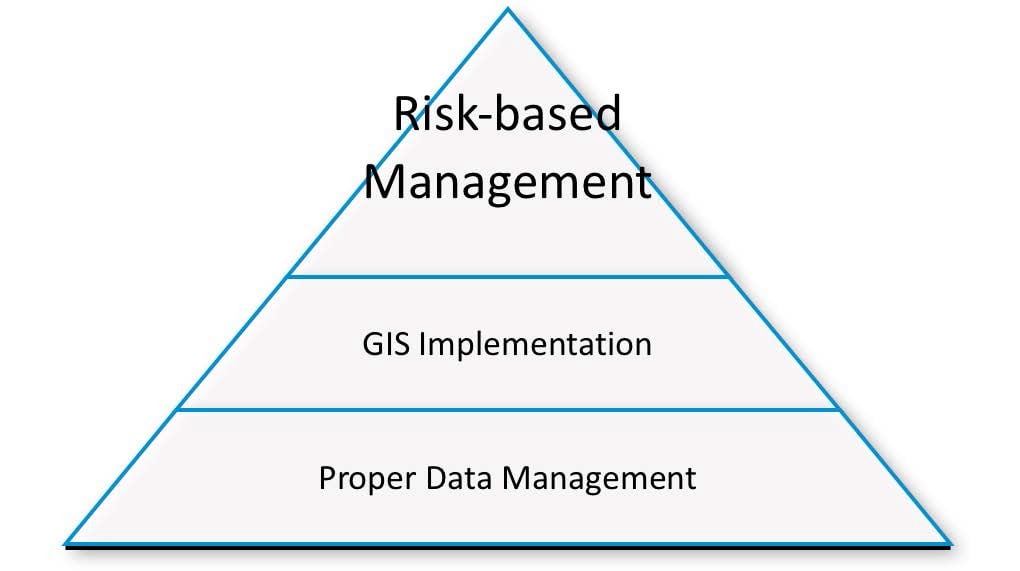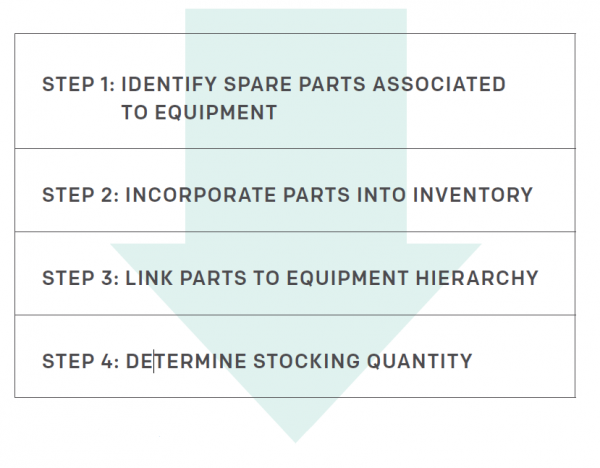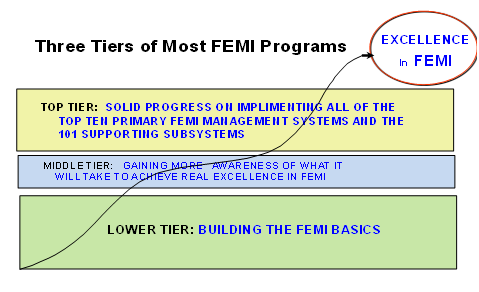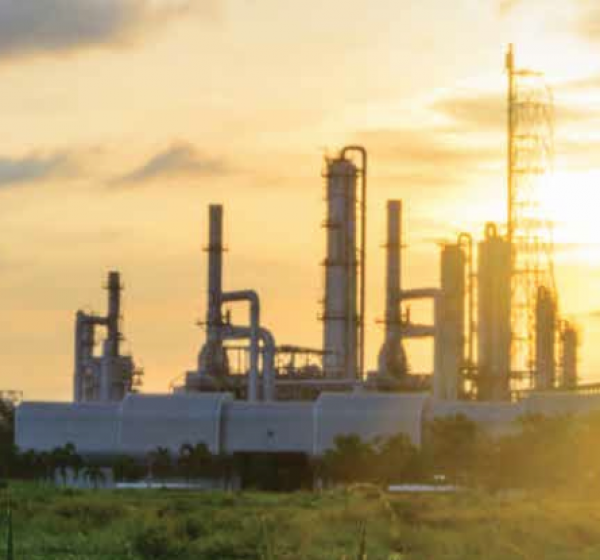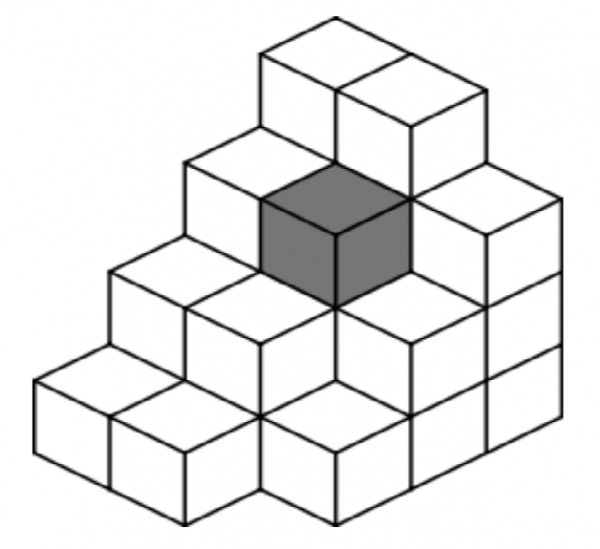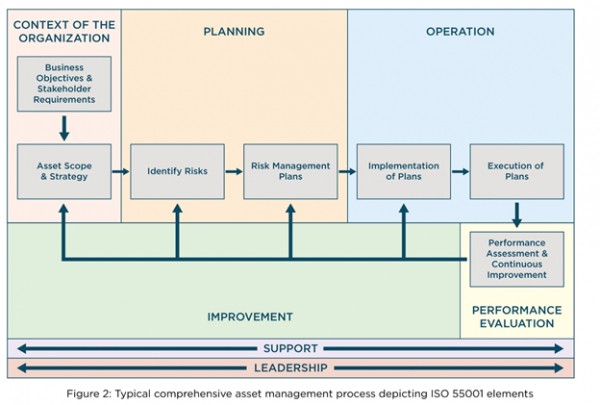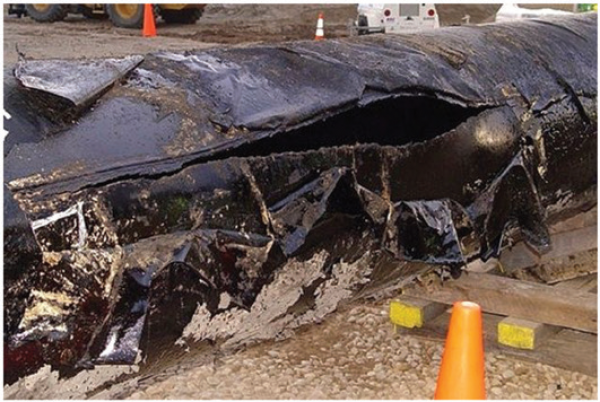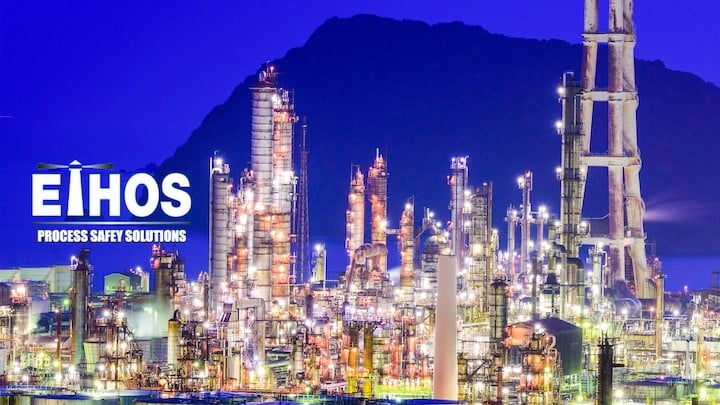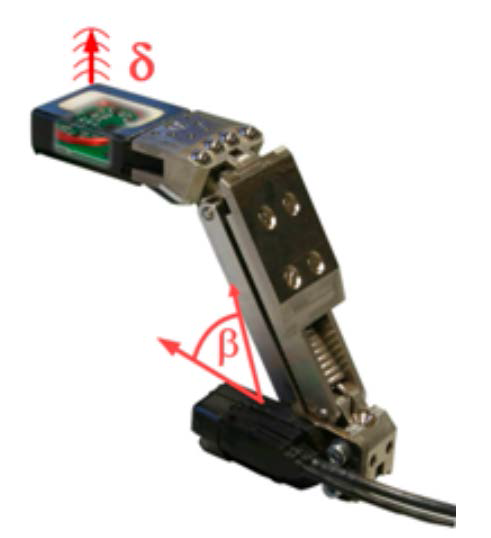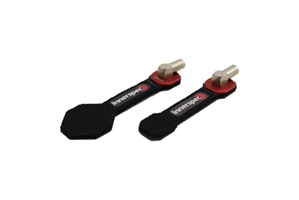A Tale of Two Operating Sites – The Difference in Quality of Two FEMI Programs
An Overview of ISO 55000 - Standardizing Asset Management
Composite Repairs for Offshore Pipelines
Corrosion: An Integrity Threat to the Entire Oil and Gas Asset Value Chain
Dry-Coupled Ultrasonic Testing: An Effective, Yet Underutilized NDE Method
Insights Into Fixed Equipment Vibration – How a Piping System Was Affected by Flow-Induced Vibration
Reliability and Integrity – Keys to Survival
The Importance of Selecting the Appropriate Inspection Method
A Roadmap to Spare Parts Optimization
API RP 585: Incident Investigation - If you see something, say something!
How to Effectively and Efficiently Clean Heat Exchangers
OSHA Communication Rules Can Help Control Corrosion
Recording Thickness Data During Thickness Monitoring Inspections
Release the Drones - Inspection with UAS Technology
The Evolution of Reliability: A Q&A with Texas Railroad Commissioner Ryan Sitton
What Questions Should Manufacturers Be Asking About 3D Computed Tomography?
3rd Party Joint Integrity Inspections: Compliance and Leak Free Facilities
5 Major Fixed Equipment Mechanical Integrity Failures – What Happened and Why?
A Guide to Storage Tank Inspection
Effective End of Useful Life Strategies for Pressure Equipment
In-Service Inspections Using EMAT and MRUT
Maintenance Strategies for Aboveground Storage Tanks in Crude Oil Service
Advances in Inspectability & Validation of Non-Metallic Composite Repair Systems
Pioneering Approaches for Integrity Assessment of Multiphase - Difficult to Pig - Subsea Pipelines
Repair Strategies for Civil Structures Utilizing New Risk Based Inspection Methodology
The Industrial Internet’s Role in the Pipeline Industry
Achieve Comprehensive Reliability by Combining RBI and RCM
Best Practices of Maintenance Planning & Scheduling
Gathering and Analysis of Heat Exchanger Tube Inspection Thickness Data
NDT Inspections of HF Acid Lines in Alkylation Units
Rating Pressure Vessels with Poorly Kept Records
Taking Inspection and Maintenance to New Heights with Rope Access
Testing and Inspection Methods to Improve the Life Cycle of Refractory
The Benefits of Laser-Based Inspection
2014 - A Retrospective - Time to Work Even Smarter
A New Generation of Predictive NDE Sensor Technologies
Carbon Nano-Tube Epoxy Filler Improves Engineered Composite Repair System Performance
High-Energy Piping Systems: Avoid Cracking Under Pressure
How to Effectively and Efficiently Clean Heat Exchangers
Introduction to Reliability Engineering Management
New Technologies Present Opportunities for Pipeline Asset Managers
The Critical Importance of Application Methodology in Epoxy Resin Success
2015 Inspectioneering Journal Article Index
Challenges abounded in 2014 for the process industries, and it does not look like they will let up soon. But then again, that’s life, as they say. After 40 years in the industry the old adages still ring true, “there is nothing new under the...
The problem is, you don’t. With the out of date procedures that traditional inspection contractors use, data is usually invalid by the time it reaches your system. You rely on this data to make critical decisions regarding integrity concerns, and...
With the increasing demand for oil, gas, and petrochemical products in a highly competitive market, products and services irrespective of their origin must satisfy customer quality requirements. Additionally, the needs to ensure quality control and...
Rarely is there a new and unknown cause of a major Fixed Equipment Mechanical Integrity (FEMI) failure in the petrochemical and refining industry. This article briefly summarizes five major fixed equipment mechanical integrity (FEMI) failures from...
Refinery, petrochemical, and storage tank operators are responsible for properly cleaning facility tanks on a periodic maintenance basis, typically in 20 to 30 year increments. This article provides a suggested “checklist” of inspection...
The future of inspection will be based on predictive and proactive technologies that effectively monitor material properties of structures and systems over their entire service life.
Pipeline integrity is critical to ensure maintenance and operational efficiency; however it is becoming an increasingly challenging task for the energy industry. Maintenance managers and inspectors must make sure their pipeline(s) and its associated...
Operators in all industries are trying to increase equipment availability, yet oftentimes critical process equipment is not available due to planned or unplanned maintenance. To increase equipment availability, steps must be taken to reduce...
Once upon a time in the land of Ooze, there were two processing plants that boiled oil to make fuels and various other valuable petrochemical products. On one side of the river, rests a site called Perfecto Process Plant, while just across the river...
Today, many managers are finding that they can address the reliability of all types of assets by combining RBI and Reliability Centered Maintenance (RCM) processes together into one comprehensive reliability management process.
In recent years, the growing use of composite repair systems for the rehabilitation of piping systems in the refining and chemical industries has increased the need for associated technologies for their manufacturing, installation, and inspection....
Maximizing return on investment of physical assets, while at the same time operating safely and in an environmentally responsible manner is now more critical than ever for organizations within the heavy process industries.
Some hiring practices for new employees have been too lax for too long in the pipeline industry. Pipeline inspectors who have ever worked beside someone who was hired via the familiar “friends and family program,” recognize the need for more...
If everyone in an industrial setting actively looked for things that were not right or seemed different, or looked at small mistakes as opportunities to prevent larger ones, what would the future look like?
With the advancements in today’s technology and improvements to Enterprise Asset Management (EAM) systems and Computerized Maintenance Management Systems (CMMS), if we deploy them properly and in line with best practices, it is possible to reach...
Engineered Composite Repair (ECR) systems are moving into mainstream usage at a faster pace than ever. This increased usage and exposure is working to push them into new frontiers and commands a more demanding understanding of their basic functions.
Ethos has assembled a team of experts who apply what they learned through years of process safety experience in the industry and dealing with OSHA and EPA. Click here to learn more about our services.
Historically, regulations regarding dent severity have been governed by one of two metrics: dent depth or strain. In the case of the former, plain dents with a depth up to 6% of the nominal diameter are permitted in both gas and liquid pipelines....
This study provides valuable information for offshore pipeline operators curious about how composite repair systems could be utilized with their assets.
Understanding the common factors that promote corrosion threats in the oil and gas value chain helps operators create effective inspection strategies.
While they is very efficient and popular, liquid couplants used for ultrasonic inspection have some inherent limitations and disadvantages. An alternative method to using liquid couplant is Dry-Coupled Ultrasonic Testing (DCUT).
Asset managers need to know when repairs and replacement are required for many reasons, including safe operation, accurate budgeting, replacement planning, and on-going reliability. When predicting design life based on a simple, linear corrosion...
For traditional in-line inspection (ILI) vendors, considering 21.4 miles of a piggable 4” diesel pipeline is typically not a big deal. However, significant threats like 3rd party damage and external corrosion seem to come with the territory in...
The tubes of heat exchangers (HX), whether for a shell and tube bundle or an airfin, are typically subject to some form of nondestructive examination (NDE) to try and quantify the remaining wall thicknesses and corrosion rates to help a plant to...
Learn how you can safeguard integrity, reliability, instrumentation safety, and more.
To ensure the mechanical integrity and fitness-for-service (FFS) of equipment, facility managers, reliability engineers, and inspection technicians must understand the HTHA damage mechanism.
Avoiding cracking under pressure when managing high-energy piping systems is common subject matter in the power industry. Just as high-energy piping can give way to pressure, stress and fatigue, so can the people in charge of operating them when...
This article is Part II of a three-part series that explores the various methods, benefits, challenges and solutions to efficiently and effectively clean heat exchangers, both onsite and offsite.
Whether onsite or offsite, the methods for cleaning shell and tube heat exchangers can vary. Refining and petrochemical operators will agree that high standards must be employed with each method. Choosing the right method can make the difference...
This article introduces portions of a “Best-In-Class” Fitness-for-Service (FFS) program that includes the performance of regular visual inspections of pipe supports and hangers, coupled with in-situ load testing of suspect supports. This...
Readers were previously introduced to some of the practical advantages of EMAT Ultrasonic Testing (UT) in the March/April 2013 and July/August 2013 issues of Inspectioneering Journal. In this article, I will cover the practical advantages of EMAT...
Excessive vibration is a problem frequently encountered in industrial plants and their peripheral equipment, including piping systems, pressure vessels, and steel structures. Long term excessive vibration can lead to fatigue crack propagation and...
Reliability engineering tools and concepts can be used to avoid or delay failures, thus increasing product service life. Design or maintenance teams use reliability engineering techniques to identify failures and their causes.
Aboveground Storage Tanks (AST) are essential to any successful oil and gas operation and must be properly managed to ensure operations function in a safe and reliable manner. In this 2-part series, I will identify some common failures related to...
This article provides a discussion of a recent inspection performed at a U.S. refinery. Industry HF lines are experiencing piping failures in increasing numbers due to the presence of residual elements entrained within their carbon steel components.
In the Oil & Gas business we have hundreds of event process chains, each of which bears a cost and contains certain elements of risk. So what can we do to reduce our burden and improve our business? Let’s take a look at the current state of...
If we could measure, understand, mitigate, and most importantly, control corrosion, we can do a better job of keeping the product in the pipes. To accomplish this task, we needed to know what is causing the corrosion and how to control it.
Verifying pipeline integrity is particularly challenging due to the difficulty of pipeline access, as well as the limitations in available technology to perform subsea wall thickness inspections. These challenges require action rather than reaction.
This is the first article of a two-part series to be published in Inspectioneering Journal and will provide a basis for understanding the differences between traditional tapped-transformer, fixed voltage type rectifiers, and High Frequency Switched...
An issue that arises frequently in the oil and gas industry is poor or missing documentation of pressure vessels. It is common in the industry to repurpose old equipment, bring equipment back into operation after a long period of time out of...
This article addresses a debate mechanical integrity professionals in the O&G and Chemical Processing industries periodically have about how thickness data gathered during a thickness monitoring inspection (TMI) should be recorded.
This article is intended to provide some helpful insights when it comes to Unmanned Aerial Systems (UASs), and to hopefully put you on the path to safer and more cost-effective inspections utilizing UAS technologies.
This article highlights several benefits of sound reliability and mechanical integrity practices and how they serve as the cornerstone of effective asset management. Moreover, we believe effective asset integrity management is not only important,...
Assessing risk is an integral part of working at a refinery. Infrastructure supporting the miles of piping, process vessels, and the platforms and ladders used in daily unit operations are often taken for granted. The Civil Structures Management...
The Quality Assurance Engineer (QAE) provides a safety net for mission-critical hardware. The variety and complexity of hardware, and the many dimensions of the QA inspection process, combine in such a manner that even the most experienced QAE may...
Rope access allows for a wide variety of work to be performed at high elevations or other hard to reach areas without the use of scaffolding or heavy equipment. It has evolved from techniques used in rock climbing and caving to become an extremely...
Meet our team at booth #1652 where we will be showcasing DIMATE PACS and our latest AI advancements. Our cutting-edge software is designed to revolutionize the way energy companies conduct inspections, improve asset safety, and increase margins.
Refractory materials have significantly evolved during the past 15 years, testing technology is much more sophisticated, and the need for test technicians to be properly trained and experienced to use that technology is much more important than it...
Weld inspection using lasers is not new, but doing it 75 meters inside a pipe or streaming inspection data wirelessly is new. As laser technology has improved, more industries such as oil & gas are beginning to require laser inspection as part of...
Epoxy products have gone through extensive research and development over the years, and have reached the point that when specified for the correct environment, they should perform exactly as intended.
Inspectioneering recently had the opportunity to sit down with Texas Railroad Commissioner Ryan Sitton and discuss the evolution of reliability in the oil and gas industry.
It is often best to rely on properly trained and experienced inspection service providers to determine the proper method for any inspection project. Thus, inspection companies can suggest utilizing the most effective and efficient inspection...
Machine-to-Machine connectivity combined with advanced computing capabilities and industry-focused software enable a wide range of new capabilities. From smart homes controlled over the internet, to smart electric grids with smart meters, sensors...
While performing visual inspections with a pen and notepad is the traditional way to record data, there are now more efficient ways to complete inspections out in the field. Investing in a mobile inspection application can be a great way to save...
Are you still hitting the welded joints of pressure vessels with a hammer during hydrostatic testing? If yes, then you’re due for a refresher on the pressure testing requirements of ASME Section VIII Division 1 since this requirement was for...
The ability to gain this unique perspective has recently become easier and safer with today’s technological advancements. This new technology comes in the form of a miniature flying machine, better known as a drone or small Unmanned Aerial System...
While computed tomography (CT) scans are common and well-known as a critical evaluation tool in the medical field, they are becoming increasingly important in industrial settings. Recent automation, speed, and accuracy developments are driving the...
